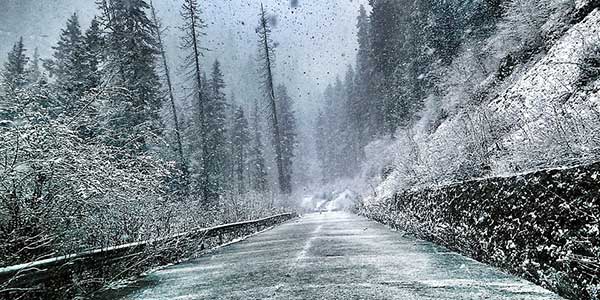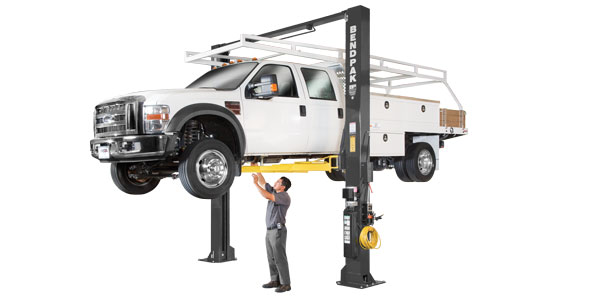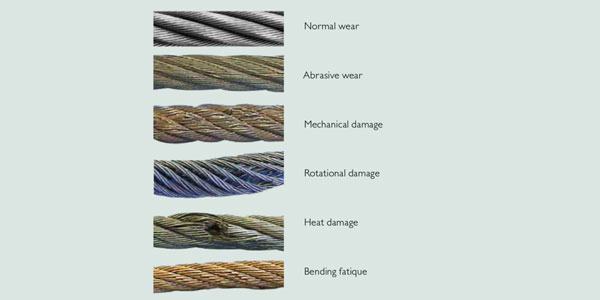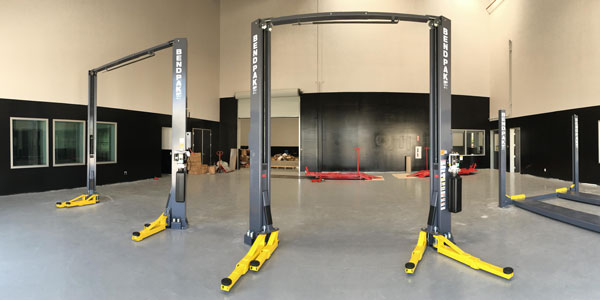As much as 90% of all wheel end seal failures are a result of improper installations, according to SKF. The manufacturer offers a systems approach to wheel-end maintenance in its Trouble Free Operation program, by providing fleets with detailed instructional materials and making hands-on training available to technicians. The following tips are from the program’s Wheel-End Maintenance Guide.
Removal procedures
• Removal of the wheel assembly should always be done with a wheel dolly.
• Grease or oil seals should be removed with a special seal removal tool to avoid damage to the hub. New seals must always be used in replacement.
• Bearings and seals should be inspected for wear or signs of probable failure.
Installation procedures
• Bearing cups should be installed using a special bearing installation tool. A hammer should never be used directly to drive bearing cups into position!
• Seat seals in the bore using a special installation tool with centering plug. Never use direct hammer blows on the seal –– it will destroy the seal’s ability to contain lubricants and protect the bearings.
• Re-mounting of the wheel assembly on the spindle should always be done using a wheel dolly. Be careful in moving the assembly onto the spindle because it is necessary to avoid damaging the seal.
• Spindle nut torque adjustment should follow the manufacturer’s specification on TMC RP618. Endplay adjustment should be verified using a portable dial indicator.
Inspection of grease or oil can provide a clue to other problems. Remove a sample from the wheel end and check condition of the lube:
• Cloudy or milky indicates water
• Shiny indicates bearing wear
• Metal flakes present could indicate loose shavings from an axle component
• Grit and sand indicates lube contamination
• Burnt smell indicates overheating
Bearings must be cleaned for inspection and re-use. Use only clean solvents. Good cleaning requires proper equipment such as a solvent bath and a filter system with regular changes of both.
• Do not use compressed air. Air jets cause small abrasive particles to become jammed in between the bearing surfaces.
After cleaning, dry with a clean paper towel or a clean rag. Prior to re-installing bearings, always check for the proper lubricant. The truck or trailer manufacturer has pre-determined that the wheel-end assembly is to be lubricated by either grease or oil. The importance of following the manufacturer’s specifications cannot be over emphasized.
• Always use specified lubricant
• Do not mix lubricants. Chemical interaction between lubricants and seal materials can damage the seal
• For proper lubrication, the grease must be packed into the cavities between the rollers and cage of the bearing cone. A mechanical grease packer is recommended
• Apply a light film of grease to the axle spindle for corrosion protection.
• It is important to not mix wheel-end components –– bearings are “mates” that wear together. This includes new bearings.




